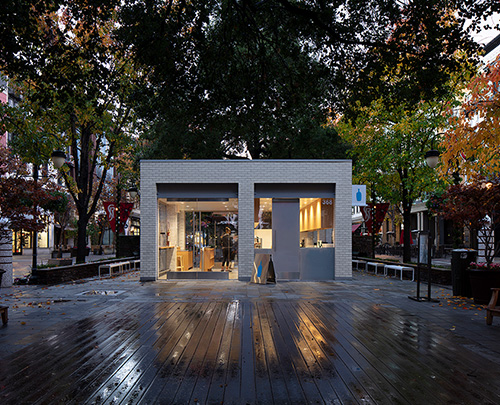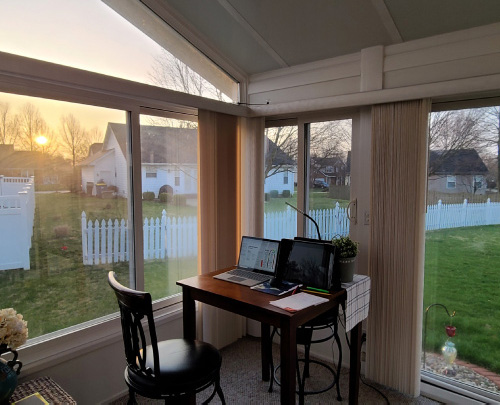With the current climate, many companies and governing bodies are requiring employees to stay at home and “shelter in place.” As a population, we spend between 80% and 90% of time indoors in a typical setting. Just because we are tethered more tightly to our homes, does not mean we should ignore the benefits of fresh air or dangers of indoor air pollutants. Fresh air helps avoid that “cabin fever” feeling, and helps you feel more productive. The WELL Building Standard focuses on the impacts of our built environment on human health and wellness, including our connection with air and pollutants. Air is one of the 10 concepts of WELL Building Standard V.2. This concept promotes design strategies to incorporate clean air and minimize human exposure to harmful contaminants in order to maximize benefits to productivity, well-being and health.
Feature A03 Ventilation Effectiveness requires projects to bring in fresh air from the outside to dilute indoor air pollutants. Poorly ventilated spaces contribute to symptoms of sick building syndrome — such as headache, fatigue, dizziness, nausea, cough, sneezing, shortness of breath and eye, nose, throat and skin irritation. In order to maintain healthy indoor environments, it is necessary to provide sufficient ventilation required to maintain acceptable air quality.
Feature A07 Operable Windows requires spaces to have operable windows to increase the amount of high-quality fresh air and encourage employees to open windows when outdoor air quality meets a certain standard. Achieving natural ventilation through open windows can provide a positive human experience but is a challenge to the ability to maintain strict control over interior air quality. Naturally ventilated spaces report fewer employees with symptoms of sick building syndrome and in turn fewer sick days. When outdoor air quality is acceptable, opening windows can also reduce indoor air contaminants while supplying fresh air, which is supportive of healthy and environmentally conscious buildings.
How can we incorporate these WELL principles around air into our work from home set ups?
- Going for a brisk walk or jog is a great start to the day.
- Open your windows to let in as much fresh air as possible.
- A lunchtime walk can also help you feel like you are not stuck inside all day.
- Position your desk or workspace near operable windows to take advantage of cross breezes.
- Utilize whole house fans and/or ceiling fans to circulate fresh air in the house.


